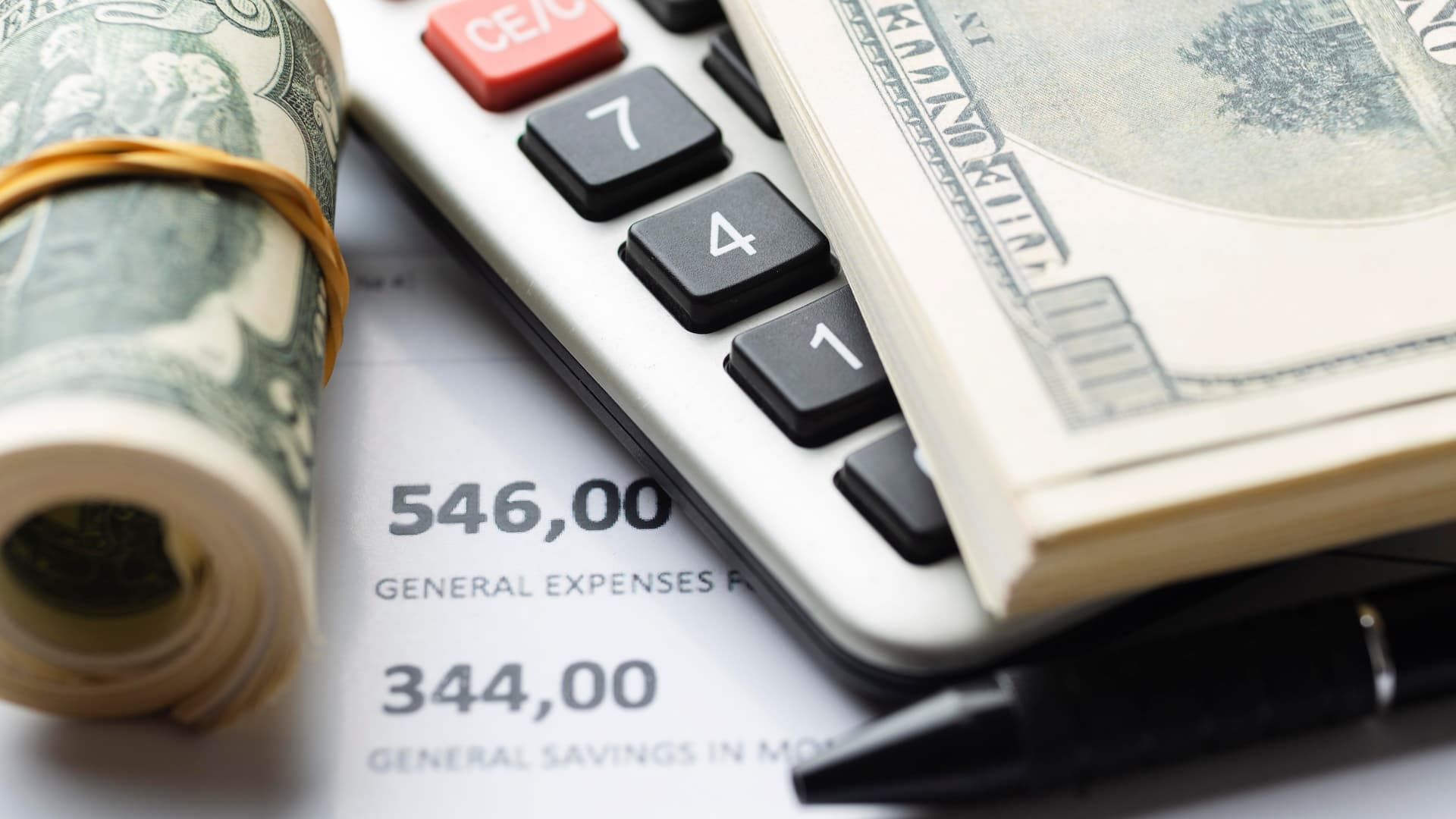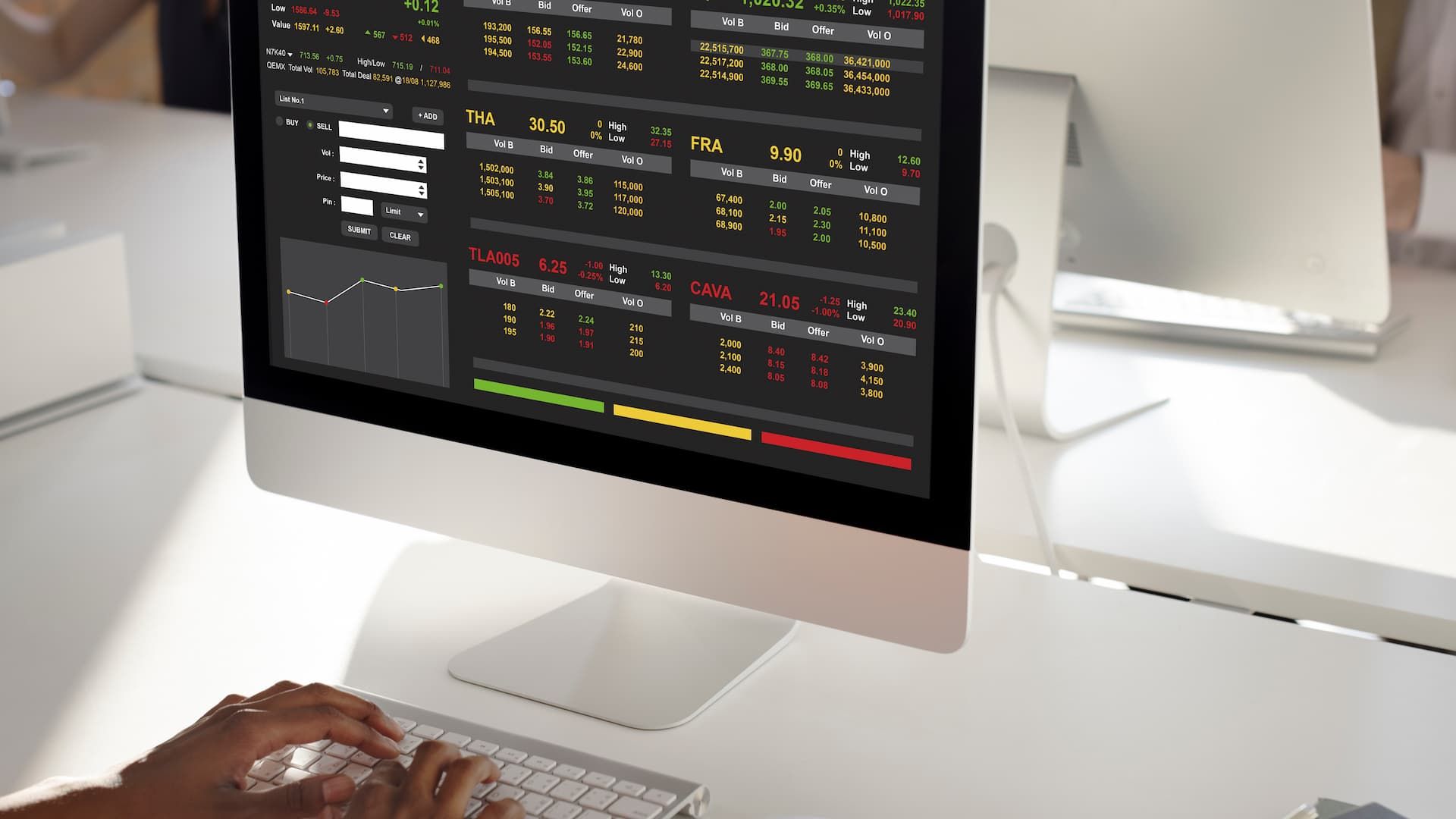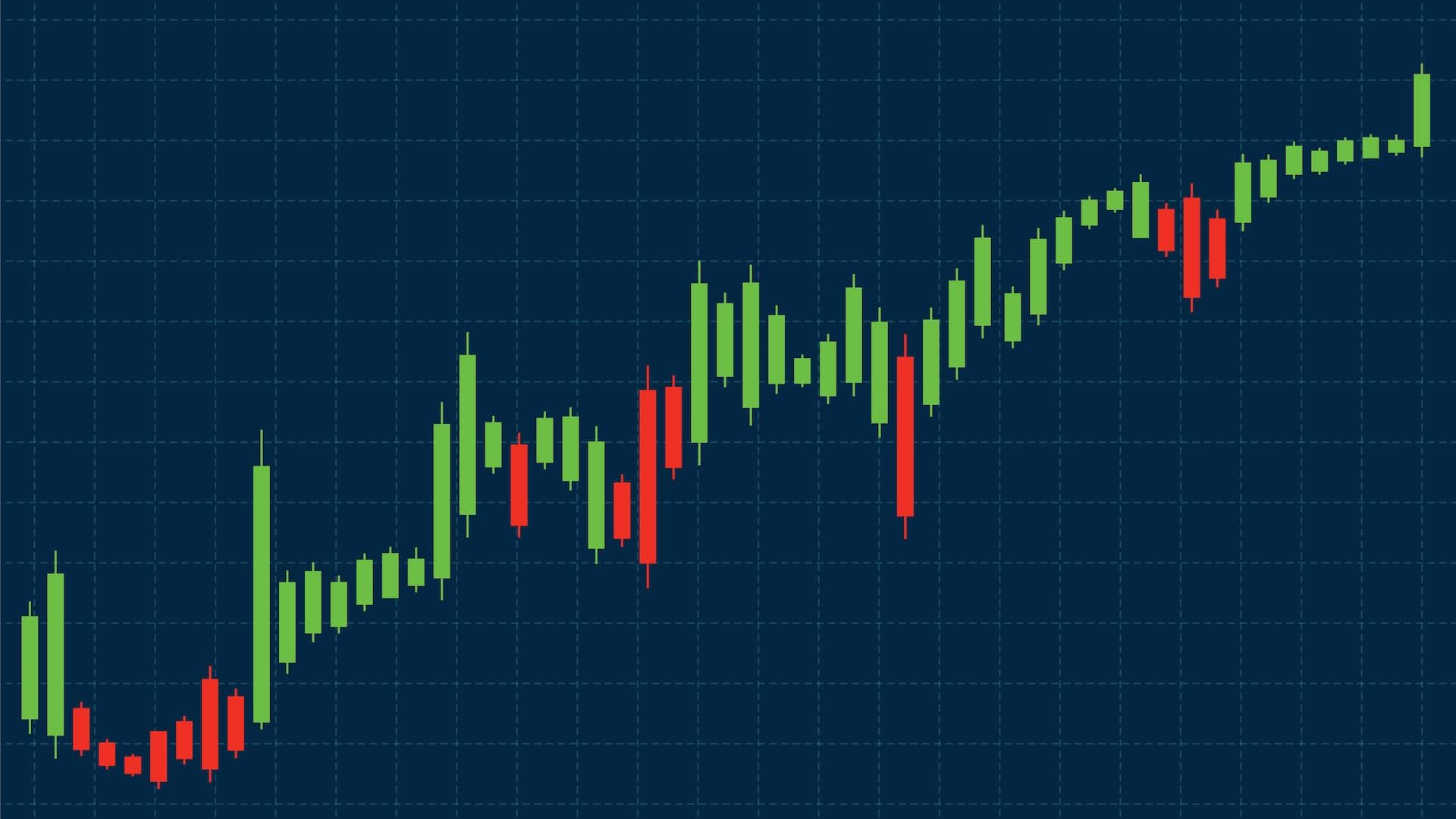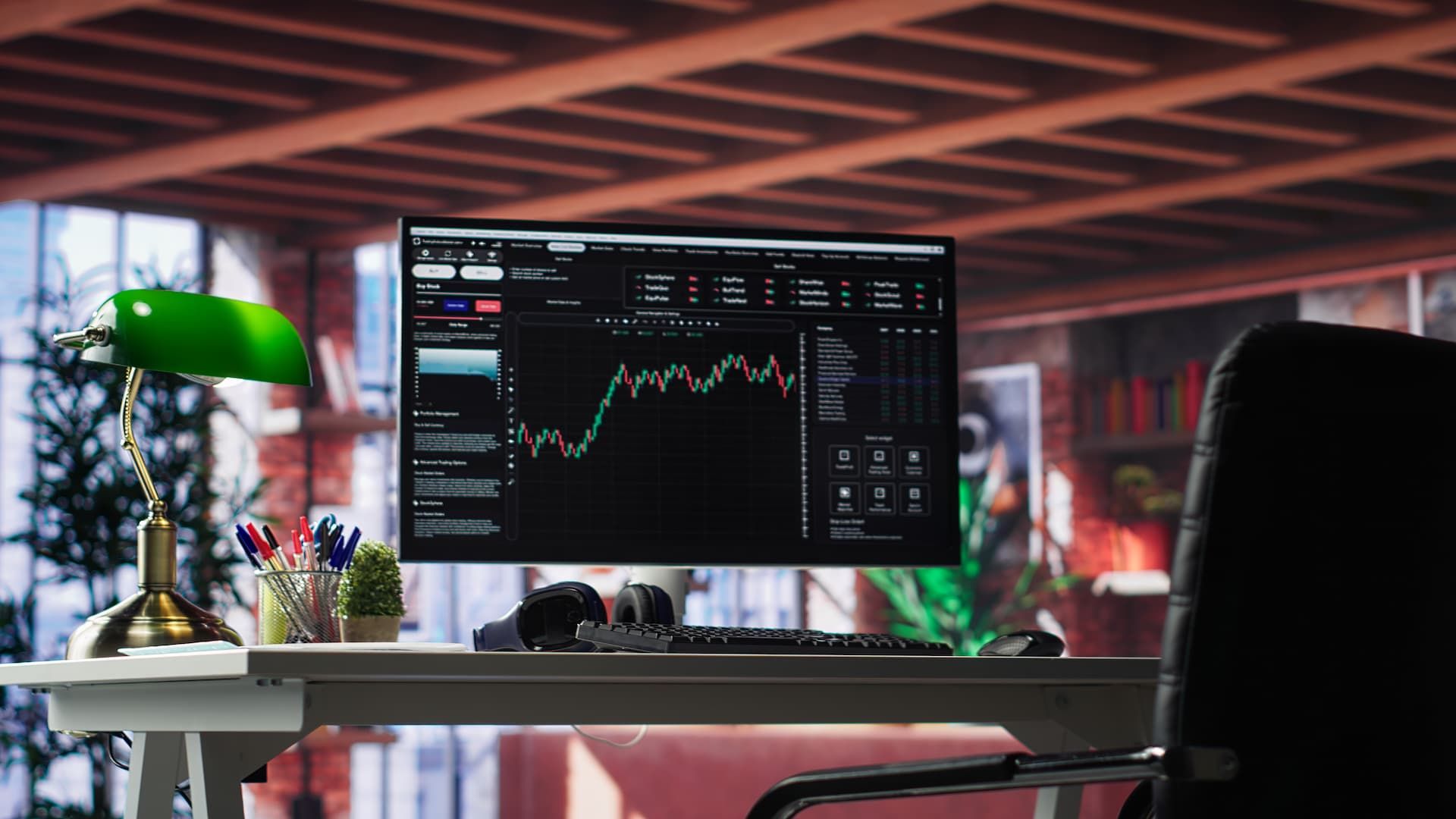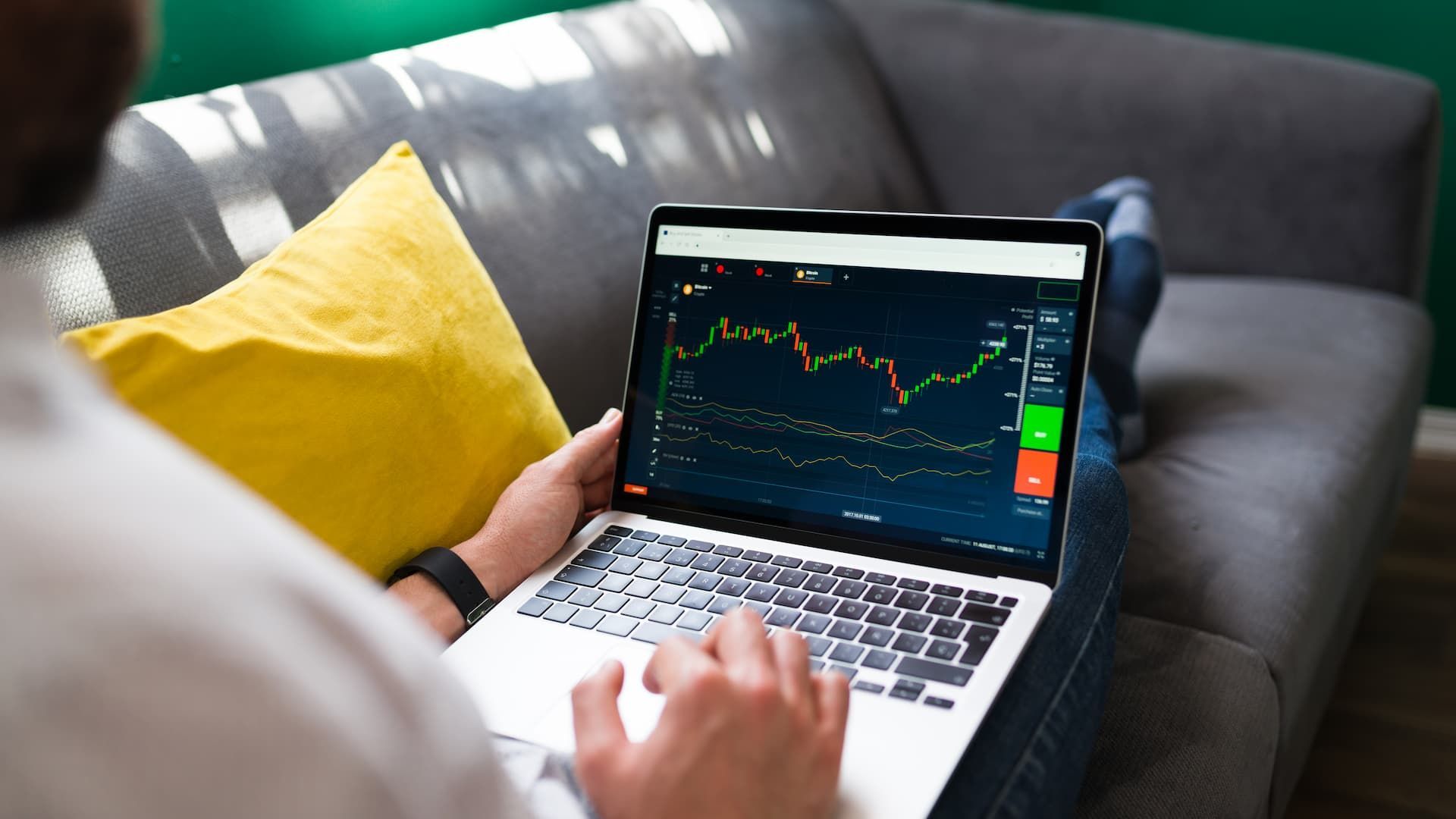Prices in financial markets can shift in seconds. From surprise economic data to major economic announcements, traders in forex and other markets must constantly adapt to stay ahead. One of the most effective tools for doing this is an economic calendar, a schedule of key events that can move the markets and highlight broader economic trends.
In this article, we’ll guide you step by step on how to use it effectively. You’ll learn what an economic calendar is, why it matters, and how to apply it to your trading strategy.
Understanding the Economic Calendar
The economic calendar acts like a daily planner for the financial markets. It keeps you in the loop on events that can swing market trends. Whether you're new or experienced, understanding this tool can sharpen your edge and help you navigate financial markets with more confidence. Let’s break it down simply.
What is an economic calendar?
An economic calendar is a schedule of important economic events. It shows dates and times for data releases, reports, and announcements. These come from governments, central banks, and organizations around the world.
You can find economic calendars on websites like Investing.com, Forex Factory, or broker platforms. They list events by country, impact level, and expected numbers. For each event, you see the previous value, forecast, and actual result once released.
Traders use it to plan ahead. It helps you know when volatility might spike.
Why traders rely on an economic calendar
Traders rely on an economic calendar to avoid surprises. Markets react to economic news, which can trigger significant market movements. A strong report can boost a currency, while weak data can weaken it and cause significant market volatility.
Without a calendar, you might enter a trade right before big news hits. That can lead to quick losses. The calendar lets you prepare; you can adjust positions, set stops, or even sit out during high-risk times.
Key economic indicators to watch
Focus on these key indicators. They drive market moves the most.
-
GDP (Gross Domestic Product): Measures a country's economic health. Strong GDP growth signals a robust economy and can strengthen the currency.
-
CPI (Consumer Price Index): Tracks inflation. High inflation might lead to rate hikes by central banks, boosting the currency.
-
Unemployment Rate and Non-Farm Payrolls (NFP): Shows job market strength. Low unemployment means a healthy economy. NFP, from the US, is a big one–markets swing hard on it.
-
Interest Rate Decisions: Central banks like the Fed or ECB set rates. Higher rates attract investors, lifting the currency.
-
Retail Sales: Indicates consumer spending. Strong sales suggest economic growth.
Watch high-impact events marked in red on calendars. They cause the biggest reactions. Always check your trading pair's countries, for example, USD data for EUR/USD trades.
Economic Events and Releases
Economic events keep markets buzzing. They include data drops and policy updates that shift currencies and stocks. Spotting them early lets you trade smarter. Here's what to know.
Types of economic events that impact markets
Markets react to three main types of events:
-
Data Releases: Stats like GDP or inflation numbers. They show if an economy grows or slows.
-
Central Bank Announcements: Rate changes or policy hints from banks like the Fed. These guide future directions.
-
Geopolitical Events: Elections, trade deals, or crises. They add uncertainty and drive quick moves.
High-impact ones, like US jobs data, cause the biggest swings. Low-impact events barely move the needle.
How economic releases influence forex trading
Economic releases spark volatility in forex. A better-than-expected report strengthens the currency, think USD up on strong GDP. Weak data does the opposite. Traders watch forecasts vs. actuals. If reality beats expectations, buy the currency pair. Misses lead to sells. Releases hit at set times, like 8:30 AM ET for US news. Prices can jump 50-100 pips in minutes. Use this to enter or exit trades.
These economic releases are closely tied to interest rates and the health of the global economy, making them powerful drivers of market volatility. Understanding how data connects across regions helps traders react faster and position themselves better in shifting markets.
Employment reports and other critical data releases
Employment reports top the list. US Non-Farm Payrolls (NFP) every first Friday shows new jobs. Strong numbers (over 200K) signal growth, boosting USD.
Other key ones:
-
ISM Manufacturing Index: Gauges factory activity. Above 50 means expansion.
-
Durable Goods Orders: Tracks big-ticket buys. Rising orders hint at business investment.
-
Housing Starts: Counts new builds. Healthy numbers support recovery.
Interest rates and bank announcements
Interest rates drive big forex shifts. Central banks raise rates to fight inflation, attracting capital and lifting the currency. Cuts weaken it.
Watch FOMC for USD, ECB for EUR. These major economic releases include rate decisions and forward guidance, like "more hikes ahead." Traders use them to anticipate potential market movements, since even small changes can be potential market moving events.
Post-announcement, markets digest the news. Hawkish tones (tighter policy) spike pairs like EUR/USD down. Dovish (looser) does the reverse.
Always trade the surprise factor. If rates match forecasts, moves stay small.
Using Economic Data in Trading
Economic data fuels smart trades. It shows the big picture beyond charts. Use it to spot trends and make decisions. Here's how to weave it into your strategy.
Incorporating economic data into fundamental analysis
Fundamental analysis looks at the economy's health. Add economic data to judge a currency's strength. Mix it with news and policies. For example, high GDP plus low inflation points to a strong economy. Track data over months to see patterns. In forex, pair it with technicals. A bullish chart with positive data? That's a buy signal. Always cross-check multiple sources.
How to interpret economic indicators
Read indicators by comparing actuals to forecasts. Beat expectations? Positive for the currency. Miss? Negative. Look at trends. Rising CPI means inflation up, expect rate hikes. Falling unemployment signals growth. Context matters. In recessions, even okay data can rally markets. Check revisions, too, they often change the story.
Data releases and market reactions
Releases trigger instant moves. Strong US NFP? USD jumps as traders buy in. Markets overreact at first, then settle. Volatility spikes 30-60 minutes post-release. News like rate cuts can drop a currency 1-2%. Watch sentiment. Hawkish Fed talk boosts USD pairs. Use stop-losses to handle whipsaws.
Future events and their potential impact
Scan calendars for upcoming events. Fed meetings could hike rates, lifting USD vs. EUR. Predict based on current trends. High inflation? Bet on tighter policy. Geopolitics like elections add risks. Plan scenarios: If GDP beats, go long; if not, short.
Practical Tips for Traders
Get hands-on with the economic calendar. These tips turn knowledge into action. Apply them daily to boost your edge in volatile markets.
How to track economic events efficiently
Set alerts on your calendar app or broker platform for high-impact events. Filter by country and currency pair to focus on what matters. Check it every morning and note time zones, US data hits at 8:30 AM ET. Use mobile apps like Forex Factory for real-time updates. Avoid overload by prioritizing top indicators like NFP or GDP.
Using an economic calendar for forex trading
Pick a reliable calendar with forecasts and actuals. For EUR/USD, watch Eurozone and US events. Mark volatility levels–red for high risk. Compare actual data to expectations quickly. If better than forecast, buy the stronger currency. Refresh often during release windows to catch revisions.
Combining economic calendars with trading strategies
Blend calendars with technical analysis. Spot a trend on charts, then confirm with upcoming data. For swing trading, hold positions through low-impact weeks. In scalping, avoid news hours to dodge spikes. Use calendars in pairs: strong US data plus bullish USD chart equals a long trade. Backtest strategies against past events for better results.
Planning trades around economic releases
Map out scenarios before releases. If CPI beats, plan to go long on the currency. Set wider stops to handle volatility, aim for 50 pips away. Trade the reaction, not the forecast: enter post-release if moves align. Skip trading during major news if you're risk-averse. Review outcomes after to refine your approach.
Advanced Insights
Take your use of the economic calendar to the next level. These tips help experienced traders dig deeper. Focus on nuances that separate winners from losers.
Evaluating the importance of employment reports
Employment reports like NFP rank high because they reflect economic strength. They influence Fed decisions on rates. A strong report (jobs added over forecast) boosts stocks and USD. Weak ones spark sell-offs. Weigh them against other data, if inflation runs hot, even average jobs numbers can trigger hikes. Check components like wage growth; rising wages signal inflation risks.
Prioritizing economic indicators for different markets
Tailor priorities by market. In forex, focus on rates and GDP for majors like EUR/USD. For stocks, watch earnings and retail sales. Commodities? Track oil inventories and CPI. In crypto, ignore most but note US regulations. Rank by impact: tier 1 (NFP, rates) for big moves, tier 2 (PMI) for trends. Adjust for your asset: USD data dominates global pairs.
Common mistakes when using an economic calendar
Traders often ignore revisions, old data changes and flips trades. Another error: trading every event, leading to overtrading and losses. Forgetting time zones causes missed releases. Relying only on forecasts without context misses surprises. Avoid emotional reactions; stick to plans. Don't chase post-release spikes, they often reverse.
Key Takeaways
Use the economic calendar as part of your risk management plan, check it regularly, adapt your positions around key events, and apply this discipline consistently for better results.
Integrating data into daily trading routines
Start your day with a calendar scan. Note high-impact events and set reminders. During trades, cross-reference data with charts. Log reactions in a journal for patterns. Make it habit: review weekly to spot biases. Blend with news apps for real-time edges.
Maximizing the benefits of an economic calendar
Customize your calendar, filter for your pairs and impacts. Combine with tools like alerts and backtesting software. Stay updated on bank calendars. Test strategies on demo accounts around releases. Share insights in trader communities but verify facts. Over time, this sharpens intuition and profits.

